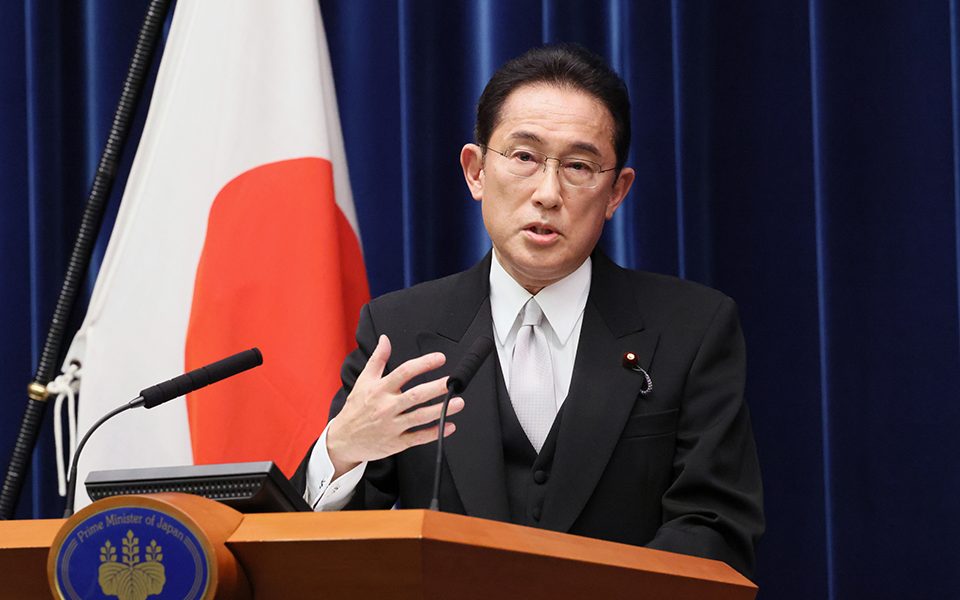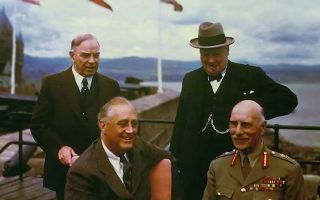lareddepathways.com – Fumio Kishida, born on July 29, 1957, is a Japanese politician who has served as the Prime Minister of Japan since October 2021. As the leader of the Liberal Democratic Party (LDP), Kishida assumed office during a time of significant challenges both domestically and internationally, including Japan’s response to the COVID-19 pandemic, economic recovery, and rising geopolitical tensions, especially with neighboring China and North Korea.
Early Life and Education
Fumio Kishida was born in the city of Hiroshima, Japan, into a family with a long history of political involvement. His grandfather, Kishida Ryozo, was a prominent figure in the House of Representatives, and his father, Kishida Fumitake, served as a member of the House of Councillors. Growing up in a political family, Kishida was exposed to politics from an early age, which influenced his decision to pursue a career in public service.
Kishida attended Waseda University in Tokyo, where he earned a degree in law. His education provided a strong foundation for his later political career, equipping him with the knowledge of Japanese law and governance, which he would later apply in his roles in government.
Political Career and Early Roles
Kishida’s political career began in earnest in 1993, when he was elected to the House of Representatives as a member of the LDP, representing Hiroshima’s first district. His rise within the party was steady, and he soon gained recognition for his diplomatic skills and deep understanding of international relations.
Over the years, Kishida held a series of important roles in the Japanese government, most notably serving as the Minister of Foreign Affairs from 2012 to 2017 under Prime Minister Shinzo Abe. During his tenure as foreign minister, Kishida played a key role in shaping Japan’s foreign policy, including efforts to improve relations with neighboring countries, promote Japan’s interests on the global stage, and navigate the complexities of the Asia-Pacific region. He was known for his calm, methodical approach to diplomacy and his ability to manage delicate international situations.
In addition to his foreign policy experience, Kishida also served in other significant positions, including as the Chairman of the LDP’s Policy Research Council. His political experience and expertise in both domestic and foreign policy helped him gain the support necessary to lead the party and, eventually, the country.
Becoming Prime Minister
In September 2021, Kishida won the leadership of the Liberal Democratic Party after a contentious leadership contest, defeating Taro Kono, the then-vaccine minister. His victory marked the beginning of his tenure as Prime Minister, succeeding Yoshihide Suga, who stepped down due to declining approval ratings and challenges in managing the pandemic.
Kishida’s selection as leader of the LDP and subsequent appointment as Prime Minister came during a period of political instability in Japan, exacerbated by the ongoing COVID-19 pandemic and its associated economic challenges. Despite being less well-known than some of his predecessors, Kishida quickly established himself as a pragmatic and steady leader, promising to address Japan’s pressing issues, particularly in the areas of public health, economic recovery, and national security.
Key Policies and Challenges
As Prime Minister, Kishida’s leadership has been shaped by a combination of ongoing challenges and ambitious policy goals. His administration has faced numerous hurdles, including the aftermath of the pandemic, a sluggish economy, and mounting security concerns in the region.
COVID-19 Response and Economic Recovery
One of Kishida’s first major tasks as Prime Minister was managing Japan’s ongoing response to the COVID-19 pandemic. Japan, like many countries, faced significant public health challenges, including rolling lockdowns, social distancing measures, and an economic slowdown. Kishida’s government worked to accelerate vaccination efforts, and he introduced economic stimulus measures aimed at supporting businesses and citizens affected by the pandemic.
Kishida also introduced a series of economic reforms, promising to implement a “new capitalism” that would focus on reducing inequality, revitalizing the economy, and boosting wage growth. His government pledged to increase support for small and medium-sized businesses and address the widening wealth gap, which became more pronounced during the pandemic.
National Security and Foreign Policy
On the foreign policy front, Kishida’s government has sought to strengthen Japan’s role on the global stage. He has emphasized the importance of a free and open Indo-Pacific region and has worked to bolster Japan’s alliances, particularly with the United States, in the face of rising tensions with China and North Korea.
Under Kishida, Japan has also made efforts to modernize its defense capabilities and increase military spending, responding to growing concerns about China’s military expansion and North Korea’s missile tests. Kishida has been a staunch advocate of Japan’s self-defense forces, while also prioritizing diplomatic measures to prevent conflict in the region.
In addition, Kishida has continued to push for stronger relations with countries like the United States and South Korea, as well as efforts to improve Japan’s global standing through multilateral organizations like the United Nations.
Domestic Challenges and Political Reform
Domestically, Kishida has faced several challenges, including Japan’s aging population, which has placed significant pressure on the country’s social welfare system, as well as the need for economic revitalization. He has proposed reforms aimed at addressing these challenges, including efforts to boost Japan’s workforce through automation and improving labor market policies.
Kishida’s leadership has also been tested by domestic political scandals and public dissatisfaction with his handling of certain issues, such as the government’s response to the pandemic and economic inequality. His approval ratings have fluctuated, but he has maintained political stability by focusing on pragmatic solutions to Japan’s most pressing issues.
Personal Life and Leadership Style
Fumio Kishida is known for his calm, measured demeanor and his strong communication skills. His style is often described as diplomatic and consensus-driven, traits that have served him well in his lengthy political career. Unlike some of his more aggressive predecessors, Kishida is seen as a steady hand capable of guiding Japan through difficult times, though his leadership is also characterized by a cautious approach to major reforms.
Kishida is married to Yuko Kishida, and the couple has three children. He is known to maintain a relatively low-key personal life, preferring to focus on his work rather than public appearances. He is also a known advocate for traditional Japanese values and culture, having emphasized the importance of preserving Japan’s heritage while balancing it with the challenges of modern governance.
Conclusion
As Prime Minister of Japan, Fumio Kishida has faced a unique set of challenges, both domestically and internationally. From managing Japan’s response to the COVID-19 pandemic to addressing economic and national security concerns, Kishida has navigated a complex political landscape with a focus on stability and pragmatic leadership. While his tenure has been marked by both challenges and successes, his ability to adapt to shifting political dynamics and to work with key allies on the global stage will shape Japan’s future in the years to come.
Fumio Kishida’s leadership reflects the balancing act that Japan faces: maintaining its traditional values while also adapting to a rapidly changing world. As Japan continues to confront both internal and external challenges, Kishida’s role as Prime Minister will remain crucial in steering the country towards a prosperous and secure future.



